PReventive Outreach Through Exercise and Counseling Techniques in Soccer (PROTECTS Course)

Erasmus+
“This project has been funded with support from the European Commission. This publication reflects the views only of the author, and the Commission cannot be held responsible for any use which may be made of the information contained therein”
The creation of this project was motivated by the fact that a considerable proportion of soccer athletes in all age groups are facing with injuries and their consequences during training and competition. It is a fact that soccer (or football) is by its very nature competitive and even during youth it is performed at different levels, with elite young athletes at the top of the performance pyramid. It is described not only as the most popular team sport in Europe but also as a sport with a high incidence of acute and chronic injuries (Gioftsidou 2004, Nery 2016).
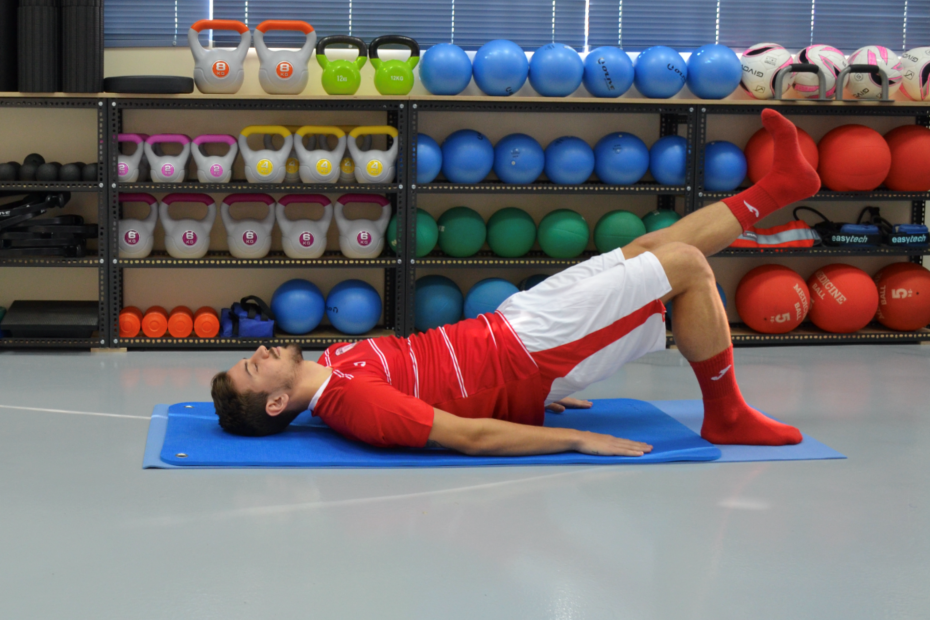
Soccer has undergone many changes in recent years, mainly because of increased physical demands, and this has led to an increased injury risk. Additionally, as it has been shown by the results of the Union of European Football Association (UEFA) Elite Club Injury Study (ECIS), clubs who have more of their players available during the season will be likely to be more successful, and as such, injury prevention has become a key contributor to the success of a modern football team (Meyer et al., 2017).
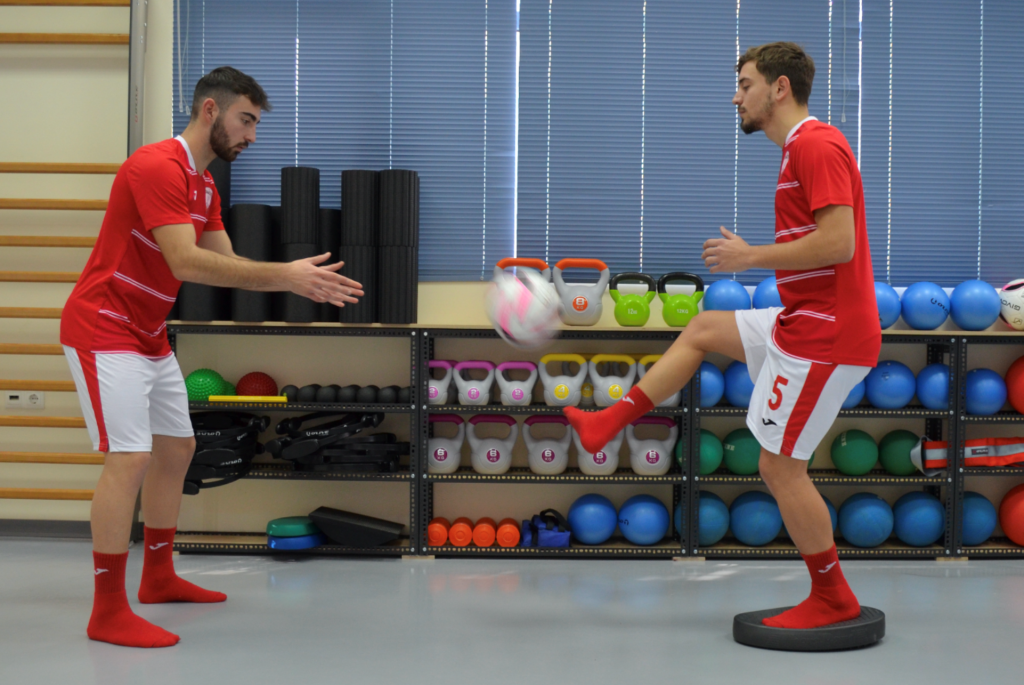
The protection of players is a key responsibility for the whole staff of a team in football, certainly from an ethical perspective. Besides the humanitarian aspects of protecting the players from short- and long- term injury and their associated consequences, there are important performance and economic reasons to avoid injuries and keep players on the pitch (Meyer et al., 2017). Therefore various preventive strategies for soccer athletes have been proposed by recent literature mainly focused to lower limb musculoskeletal injuries based on specific exercise drills.
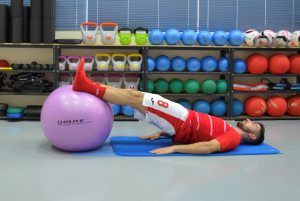
On the other hand, the influence of the coaching and medical staff is crucial for the performance of a team and its players, particularly with regard to the technical, tactical, physical and psychological aspects of performance. As with all elite sports, the impact of mental preparation, the well-being of the players, and team performance have gained increased focus in recent years, as it has been recognized how much psychology matters (Nesti, 2010).
Subsequently, the PROTECTS course materials will be used by (target groups):
Athletes to improve their knowledge and skills in how they can protect themselves from forthcoming musculoskeletal injuries during training and games
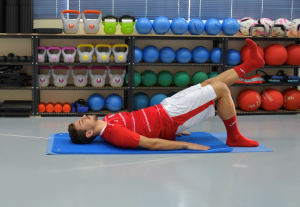
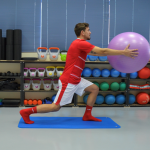
Coaches, soccer trainers, athletic trainers, and sport physiotherapists to enhance the quality and relevance of their knowledge and skills and guide them on how they will be able to incorporate them in soccer training and games in order to help their athletes prevent a number of preventable musculoskeletal injuries.
Erasmus+
“This project has been funded with support from the European Commission. This publication reflects the views only of the author, and the Commission cannot be held responsible for any use which may be made of the information contained therein.”
